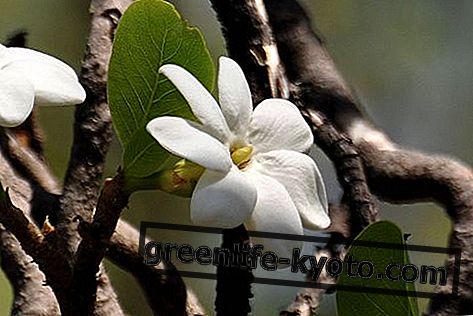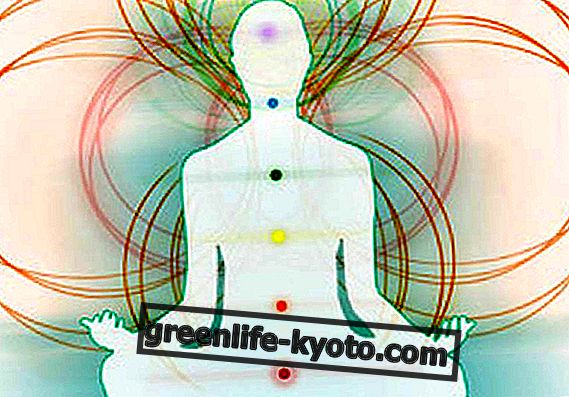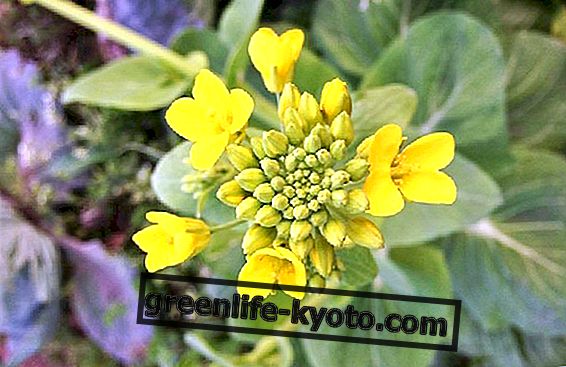
Treating diseases, taking into account the correspondences that exist between plants and planets, was part of a medical system universally accepted in the West, up until the Scientific Revolution. For modern science , the ordered universe we know today is regulated by Forces that follow the laws of Physics (gravity, electromagnetic force, etc.), expressed by mathematical language .
Even ancient civilizations, in order to bring order to a chaotic universe, observing natural phenomena, discovered the existence of constant structures, which gave meaning to what was happening in reality. The alternation of day and night, the cycle of the seasons and the very life of plants and animals was influenced by the appearance in the sky of certain constellations . Even the course of the diseases or the onset of epidemics could be caused by the position and motion of the planets; disturbances and astrology were traveling arm in arm, plants and planets "orbited" in the same dimension, that of care.
All the flow of life was not only marked by the dance of the celestial bodies, but was also influenced by it.
Planetary influences and their signs: in Nature
Before the birth of biology, pharmacology and modern chemistry, medicine used diagnostic schemes and therapeutic treatments, based on the belief that the planets exerted influences on all existing things, minerals, vegetables, animals, and even on man .
According to this view, each of the 7 planets of the solar system possessed a specific quality, a virtue that could be traced in all things on earth, albeit with a different degree of purity . And, through signs, it was possible to recognize the connection of a star with its corresponding terrestrial element.
The Theory of Signatures was developed precisely to identify these footprints in Nature. Specifically, according to this doctrine, by observing a plant (eg the color of the flower, the shape of the leaves), one could go back to the planetary virtue of belonging, indicated by that specific shape or color .
Once the qualities of the planet were identified and the signs traced, the doctors, who were also astronomers, herbalists and botanists, used these correspondences to be able to capture the beneficial influences of the planets in therapeutic remedies, in order to restore and maintain health. Among the main exponents of this theory, we recall Marsilio Ficino (1433-1499) and his work De vita, which stated that not only every animal, vegetable and mineral substance underlies the influence of a particular planet or constellation, but sums it up in itself the virtues, applied to the four terrestrial elements (air, water, earth and fire) and to their qualities (hot / cold, dry / wet) of which it is composed.
Planetary influences and their signs: in the human body
In humans, stars and constellations seemed to govern and influence specific organs, according to the scheme of the Zodiacal Man, who considered the human body as a miniature replica of the solar system, so that every anatomical part was seen in relation to a sign of the Zodiac and a planet .
This link could be studied and expressed with the symbolic language of astrology, so doctors, in making the diagnosis and preparing the remedies, paid maximum attention to the influences and motions of planets and stars.
The main correspondences between planets and plants
Here are the main astrological correspondences between plants and planets
- Sun : center and engine of the planetary system, it is an expression of the Masculine principle, generator of the vital rhythm and dispenser of life. Its qualities are positivity, strength, physical endurance and resilience. Its earth element is fire . Its plants are all those with yellow dandelion, calendula, hypericum, etc., flowers (color markings); and those that tend to direct the leaves or flowers in its direction (heliotropism), such as sunflower. And those with heart-shaped leaves , an organ that in the human body distributes heat and vital forces to the whole body.
- Moon: expression of the feminine principle, its element is water. In nature its phases regulate the waters and the tides, the reproductive cycles of plants and animals; in the human being it controls all the electrolytic functions and the lymphatic system, the stomach ; in women the menstrual cycle. Furthermore all the cultivation activities were carried out following the lunar calendar. Its qualities are passivity, cold and damp. The associated plants are those with small white or pale yellow flowers (Caglio asprello, jasmine) and plants with juicy leaves (Salvia), silver-plated, or moon-shaped ( Lunaria Annua ); and who live near water like the water lily.
- Mercury : it is the principle of Communication, whose element is air . Typically mercurial characteristics are excitability, impulsiveness, nervousness. In the human body it governs the lungs and the nervous system . The associated plants will have hairy leaves (mullein) or that recall the hair cells of the mucous membranes of the lungs or that act by rebalancing the nervous system such as lavender.
- Venus represents the force that attracts and generates, the energy of the feminine in its sensual and affective aspect, its element is air . Its qualities are femininity, nourishment and fertility. It governs venous circulation, ovaries, skin and fertility, regulating estrogen, female hormones. Among the plants of Venus, the rose, the burdock and all the fruit trees stand out.
- Mars expression of finalized energy, effort and will. Its characteristics are activity, aggressiveness, impulsiveness, strong sensuality. It supports the immune defenses of the human body, and is associated with the muscular system, male sexuality, and blood . The martial plants will be rich in its fire. they can have thorns or spines like the milk thistle and ruscus, or they can be irritating like the nettle, the garlic and the onion.
- Jupiter The principle of power and command, of expansive vitality, of growth and stability, its element is air . Its features are expansiveness, energy, elasticity. In the human body the liver, arterial circulation, tissue elasticity. Plants that remember the shape of the liver or that act beneficially on this organ carry within it its qualities such as liver grass and those with blue flowers like chicory.
- Saturn : principle of concentration, of isolation, detachment, solitude, introversion, its element is the earth . Its characteristics are coldness, slowness, heaviness, austerity. It governs the skeleton, the teeth, the cartilages and the joints. The plants are all those that act on the osteoarticular system like the horsetail, which in the shape resembles a vertebral column, and all those with black berries like the ribes nigrum.
Recommended books
Writings on astrology, Marsilio Ficino
The Occult Philosophy, (Book I), Enrico Cornelio Agrippa













